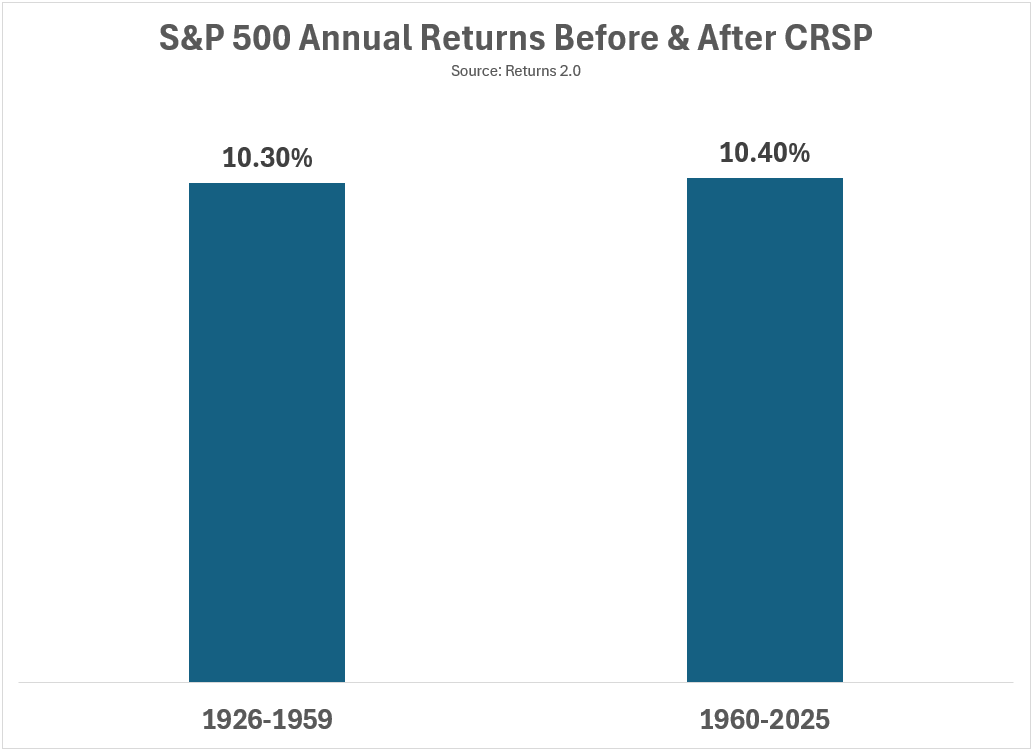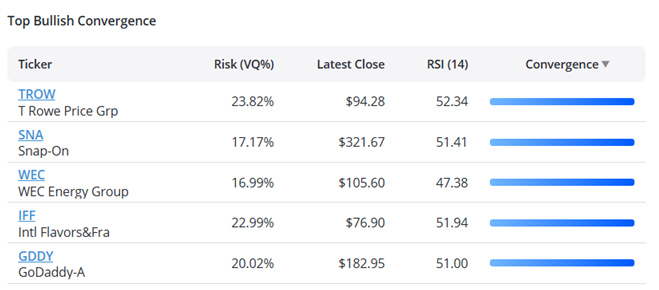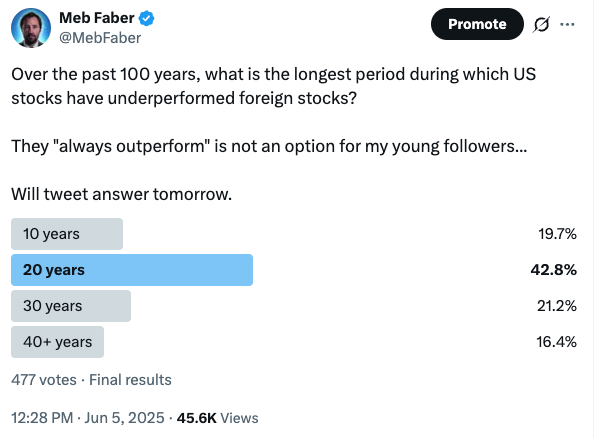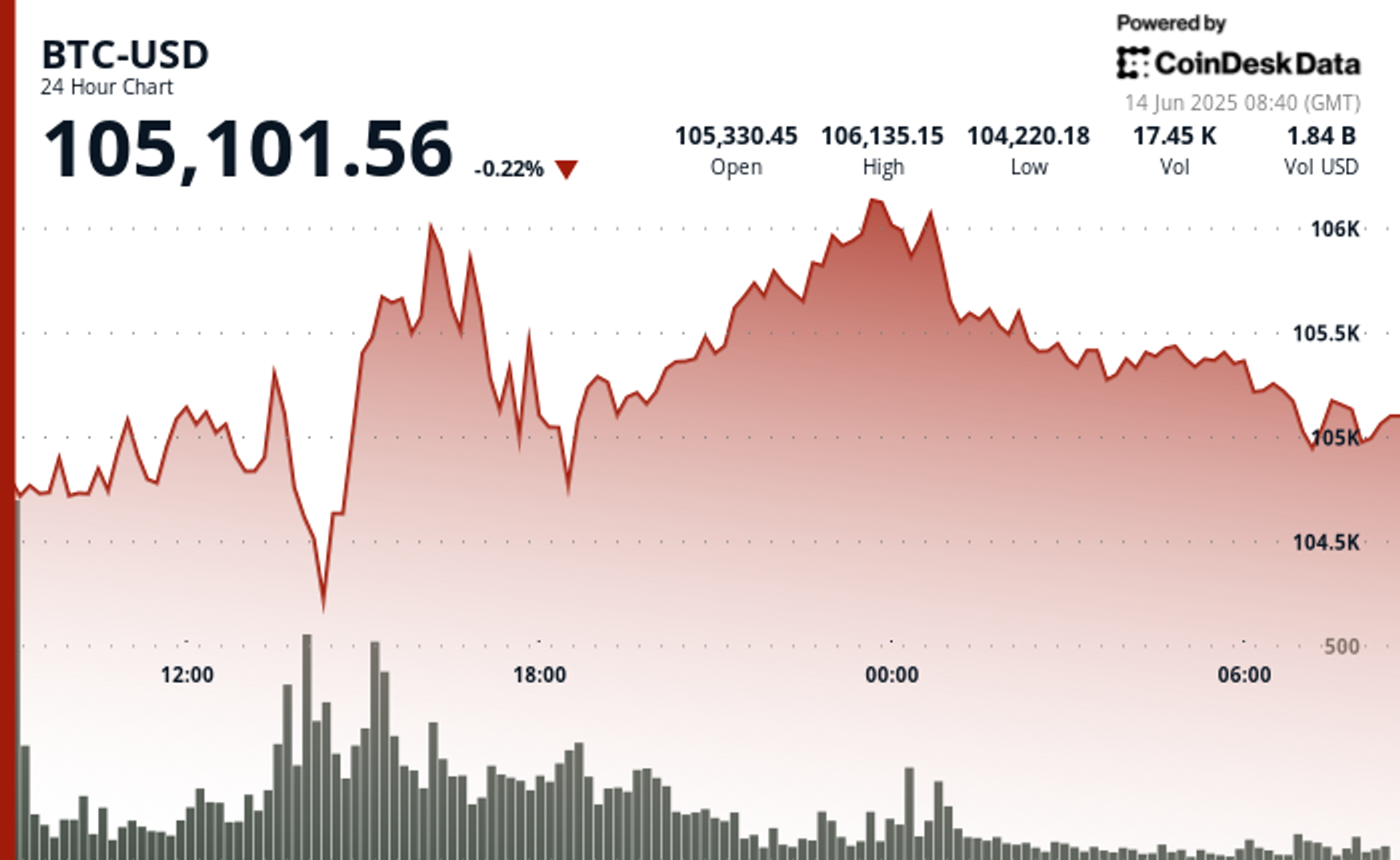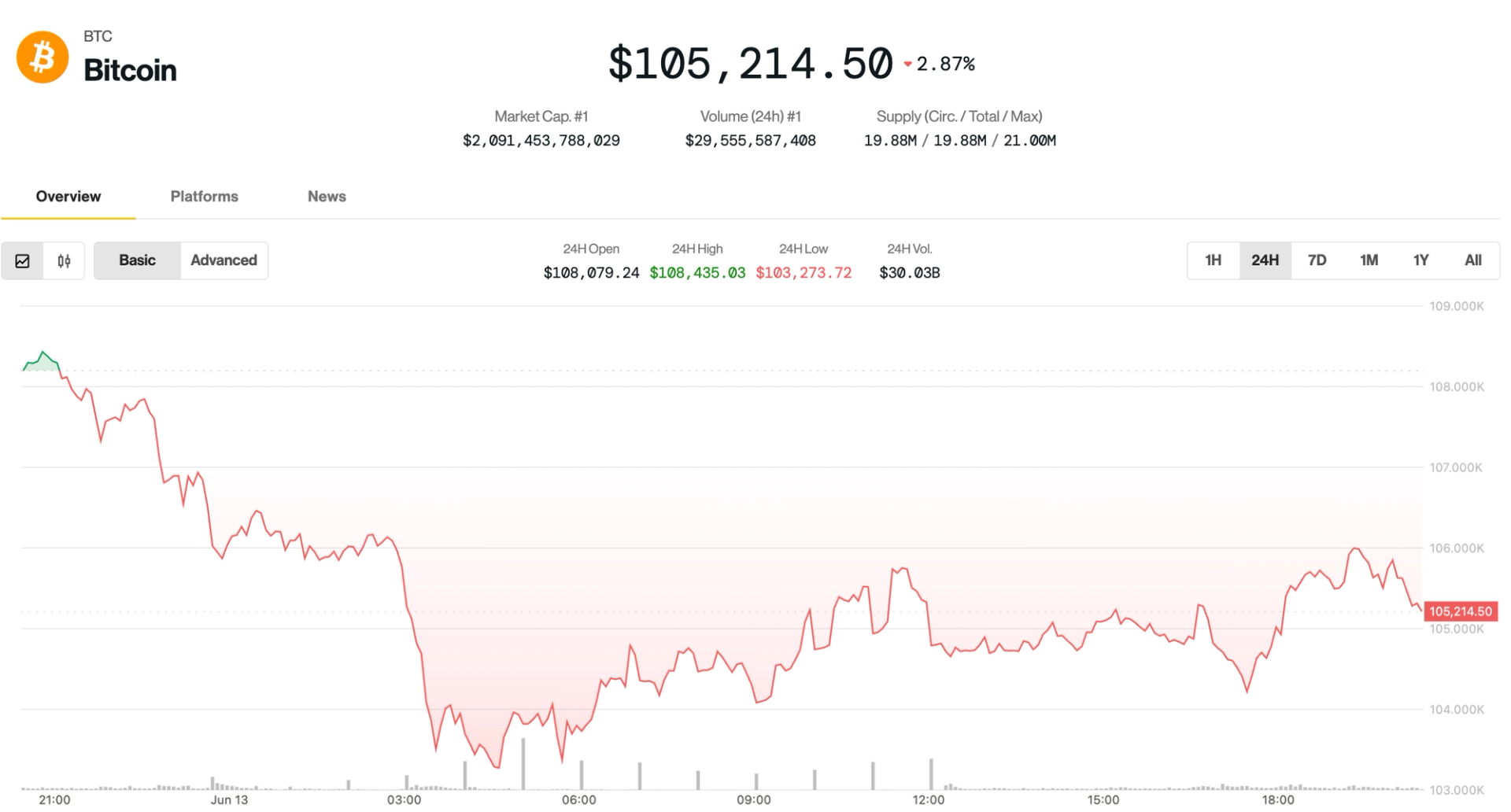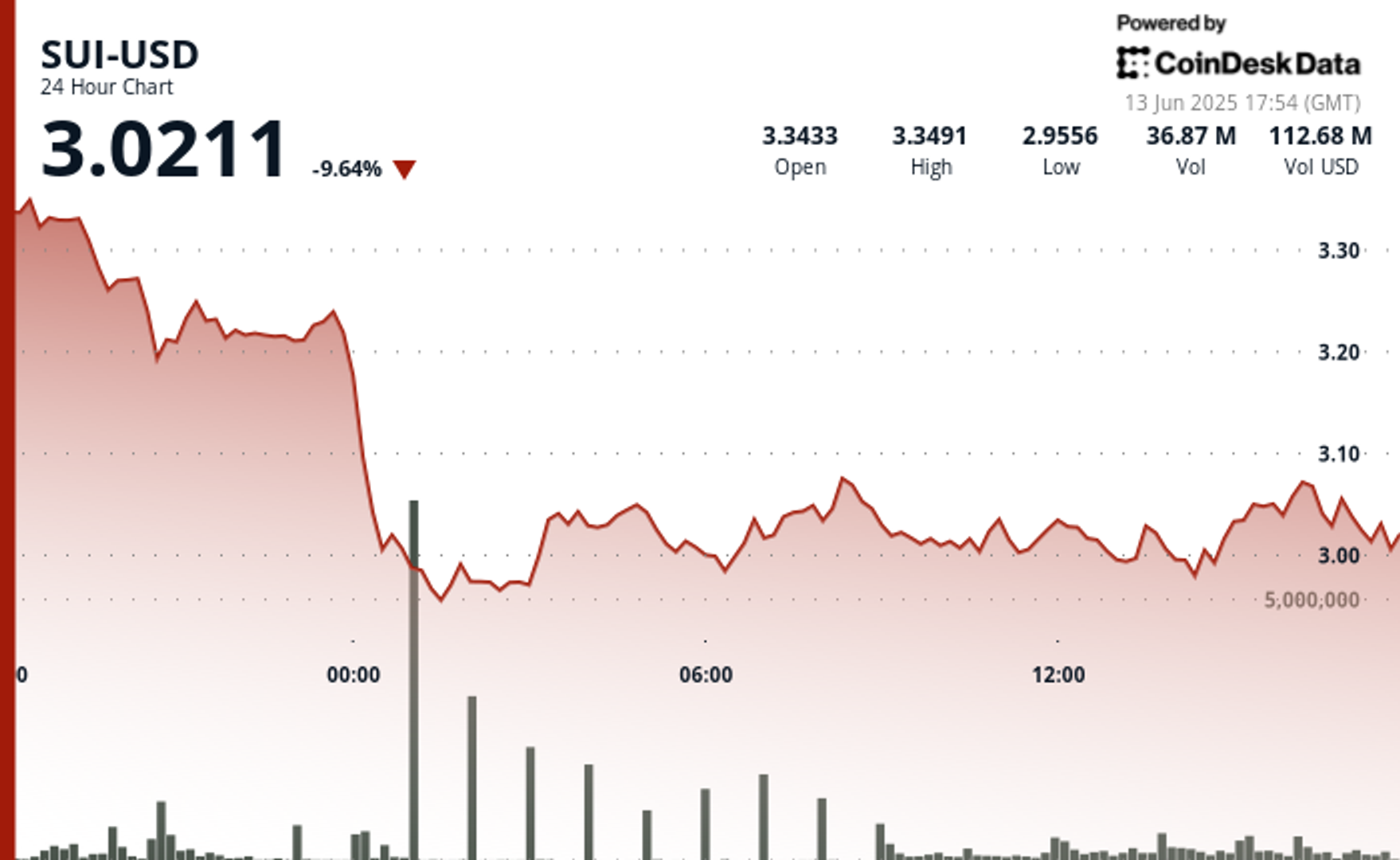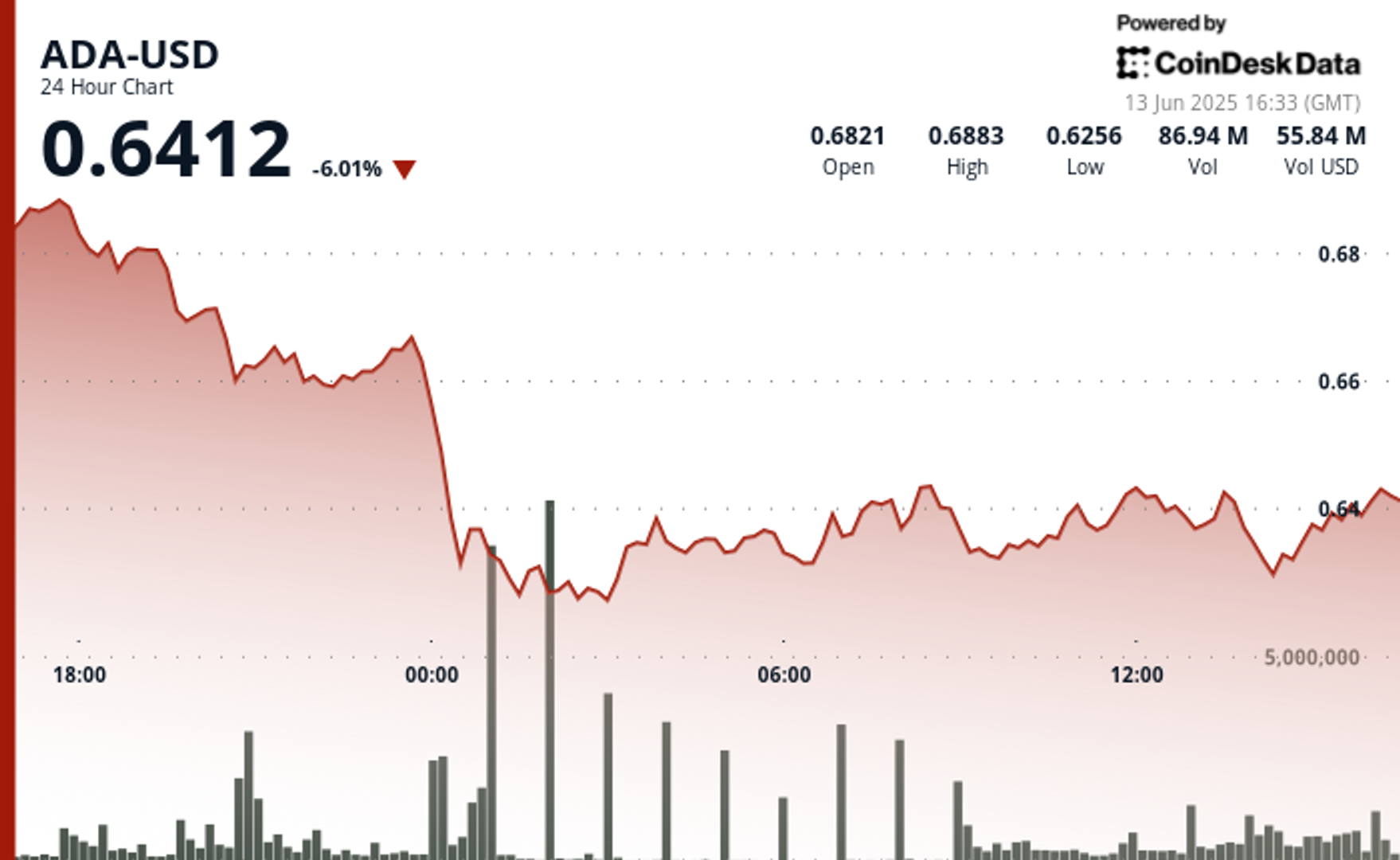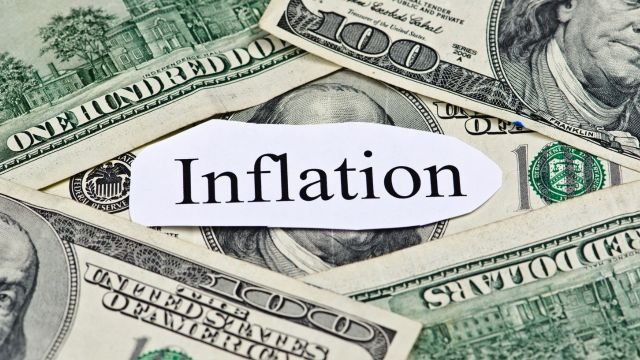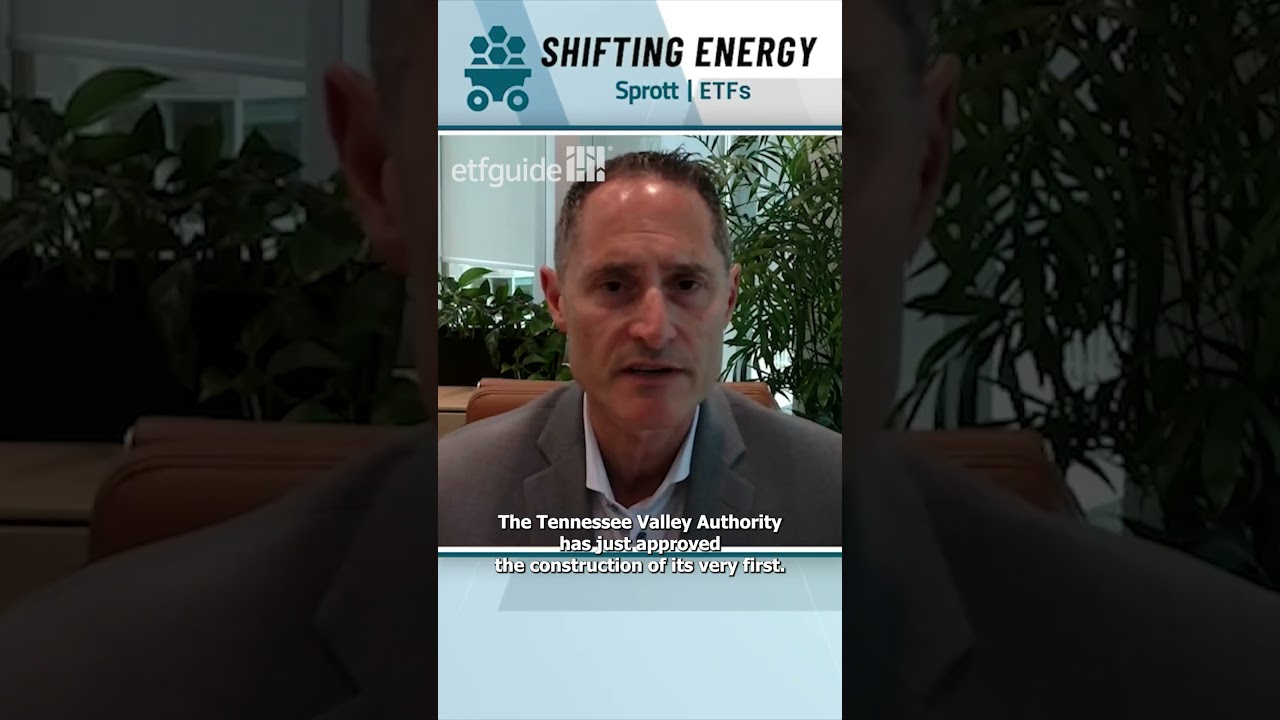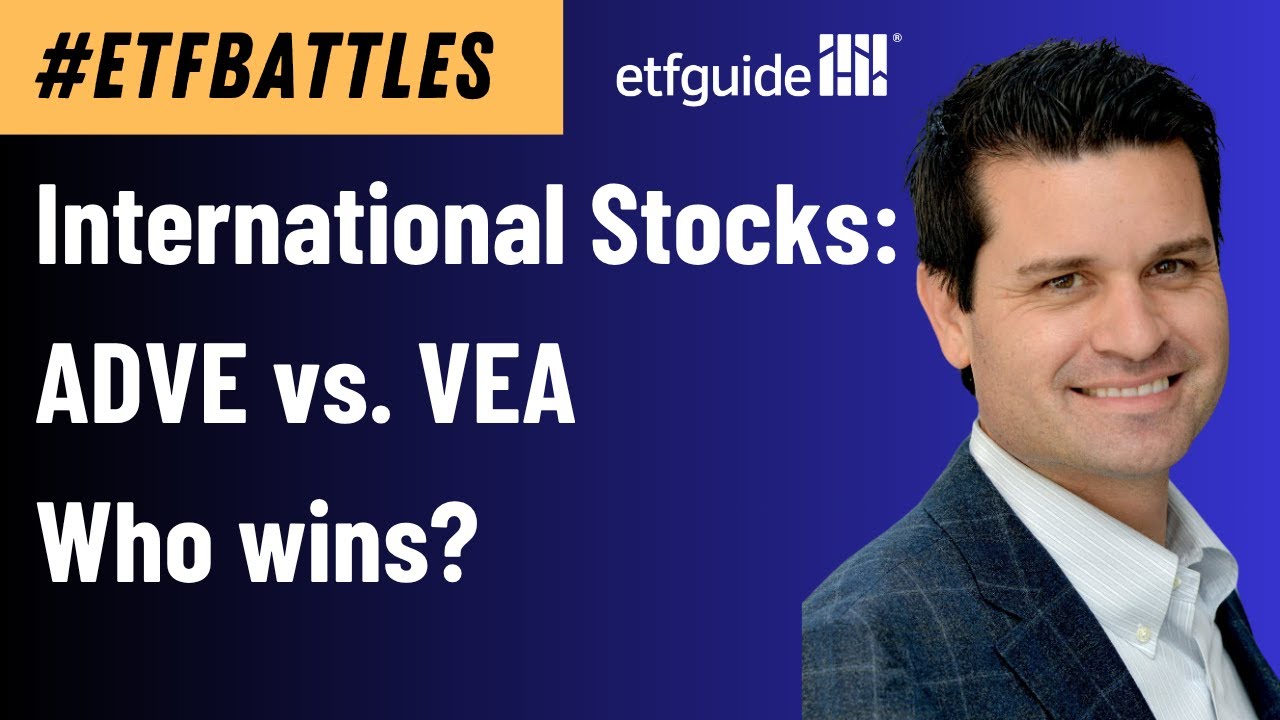Retire on Autopilot: 7 Monthly Dividend Payers That Do the Heavy Lifting
When it comes to retirement, the last thing you’ll want to do is work longer than you planned. After putting in your time and socking away 10%-15% of your earnings in a retirement plan, as experts recommend, you may not feel 100% confident that you are ready. Even with certain income streams, whether it’s a 401(k) […] The post Retire on Autopilot: 7 Monthly Dividend Payers That Do the Heavy Lifting appeared first on 24/7 Wall St..

When it comes to retirement, the last thing you’ll want to do is work longer than you planned. After putting in your time and socking away 10%-15% of your earnings in a retirement plan, as experts recommend, you may not feel 100% confident that you are ready. Even with certain income streams, whether it’s a 401(k) retirement plan, Social Security benefits, or something else, you can never be too sure. Plus, U.S. life expectancy has rebounded in recent years, while the cost of living and healthcare is only rising higher.
Dividend stocks offer some assurances in retirement, especially by generating passive income. Instead of having to work 9-5 to get paid, your monthly dividend payers will take the wheel for you, delivering monthly cash payments in exchange for your investment. While stock prices might rise and fall, dependable dividend stocks are designed to provide steady income, so you shouldn’t have to lose sleep over your finances. You shouldn’t need to actively change your portfolio as long as these stocks continue to perform.
We’ve uncovered seven dividend payers that can help ensure you won’t have to return to the workforce. You’ll notice a few real estate investment trusts (REITs) on our list given their model to redistribute 90% of taxable income back to shareholders. Retirees whose portfolios have room for a bit of risk might consider monthly dividend payers with ties to the commodities markets.
Key Points
-
REITs lend themselves to monthly dividends given their models to redistribute 90% of their taxable income back to shareholders.
-
Commodities can introduce risk to a retiree’s portfolio, but if you’re willing to ride it out, you should be rewarded when times are good.
-
Are you ahead, or behind on retirement? SmartAsset’s free tool can match you with a financial advisor in minutes to help you answer that today. Each advisor has been carefully vetted, and must act in your best interests. Don’t waste another minute; get started by clicking here.(Sponsor)
1.) Main Street Capital (NYSE: MAIN)
Investment firm Main Street Capital (NYSE: MAIN) pays a hefty dividend yield of 7.3%. In 2025, the company raised its monthly dividend amount by 2% to $0.255 per share for the months of July, August, and September. Main Street also sweetened the deal with a supplemental cash dividend of $0.30 per share, payable in June 2025 from its undistributed taxable income. While Main Street increases its monthly dividend from time to time, it is not in the habit of lowering the payout—music to the ears of retirees hunting steady income.
Over the long term, Main Street Capital has grown its monthly distributions by 132% since 2007. The company states that it is in a “strong capitalization and liquidity position,” with over $8.2 billion in capital under management. In terms of performance, Main Street Capital stock is up about 1% year-to-date and has tacked on 17.3% over the past 12 months.
2.) Healthpeak Properties (NYSE: DOC)
Not all health-related stocks are appropriate for an investor’s retirement years, given their ties to regulation, drug approvals, etc. But that doesn’t mean you’ll have to avoid the sector altogether. Healthpeak Properties (NYSE: DOC) develops real estate for the healthcare sector, specializing in lab and outpatient care, making it a medical REIT. Healthpeak collects rental income from these properties from which it pays investors monthly dividends.
It recently announced a monthly cash dividend of $0.10167 per share for each month in the second quarter, bringing the total Q2 distribution to $0.305 per share and the annualized payout to $1.22 per share, a schedule that should help retirees to set it and forget it.
While Healthpeak is undergoing a leadership transition, the uncertainty should be short-term in nature. Healthpeak has set its sights on growth, including through M&A, and completed the acquisition of Physicians Realty Trust in 2024. While Healthpeak’s share price has been under pressure in 2025, investors have been able to rely on a steady stream of monthly income. Wall Street analysts are bullish on DOC stock, with 10 “buy” ratings attached to the stock and an average price target of $21.85, suggesting there’s runway for capital appreciation, too.
3.) Stag Industrial (NYSE: STAG)
Stag Industrial (NYSE: STAG) has a dividend yield of 4.07%, making it a high-yielding REIT. As its name suggests, Stag Industrial develops industrial assets, distributing approximately 67% of its cash flow to investors in the form of monthly dividends, the rest of which it pulls from to make property acquisitions. Through its portfolio, Stag aims to deliver both income and growth to investors. Stag said it expects to continue to benefit from a strong balance sheet, liquidity and market diversification.
Most recently, Stag announced a monthly dividend in the amount of $0.1242 per share, up from last year’s monthly payout amount of $0.1233 per share. Stag Industrial has made consecutive dividend payments to shareholders for the past 14 years. Wall Street firm Jefferies is bullish on Stag Industrial’s future. The analyst firm’s $45 price target implies 25% room to run.
4.) Realty Income Corp (NYSE: O)
Realty Income Corp (NYSE: O), a REIT that specializes in commercial real estate, offers an attractive dividend yield of 5.5%. This REIT has an impressive history of dividend payments, having recently clinched its 659th straight common stock monthly distribution. Realty Income’s monthly cash dividend amount is $0.2685 per share, bringing the annual tally to $3.222 per share. Realty Income Corp also prioritizes raising its dividend amount, as evidenced by its track record of 130 dividend increases since it started trading on the Big Board.
As a retiree, it’s hard to beat Realty Income for consistency and dependability. The share price has been relatively flat over the past 12 months amid macroeconomic headwinds. Realty Income boasts an annualized base rent of over $5 billion, across roughly 1,600 clients, including high-profile brands like 7-Eleven, Dollar General (NYSE: DG) and Walgreens. That dependable income is what bankrolls Realty Income’s monthly dividend payments.
5.) Permian Basin Royalty Trust (NYSE: PBT)
This dividend payer brings us into the dynamic oil and gas sector. The Permian Basin Royalty Trust (NYSE: PBT) operates U.S. oil and gas properties and offers a dividend yield of 1.96%, most recently paying a monthly cash distribution of $0.018841 per unit. With PBT, you are gaining direct exposure to the inherent volatility of the oil and gas sector. Consequently, the monthly payout could fluctuate somewhat alongside changes in this trust’s royalty income. PBT is in the midst of a legal battle with a Texas property operator for failing to pay royalties but continues to make distributions.
For retirees, an energy investment can serve as an interesting diversifier, offering a direct link to commodity prices. When energy prices rise, so too can the trust’s distributions, potentially providing a welcome boost to monthly income. However, it’s equally important to recognize that downturns in oil and gas prices could impact these distributions. Investors should be comfortable with some variability in their monthly checks, understanding that the trust’s performance is closely tied to the broader energy market’s ebb and flow.

6.) Gladstone Investment Corp (Nasdaq: GAIN)
Gladstone Investment Corp (Nasdaq: GAIN) currently offers an attractive dividend yield of around 6.7%. As a Business Development Company (BDC), GAIN is mandated to distribute at least 90% of its taxable income to investors, which is a key reason for its generous yield. Beyond its regular payouts, Gladstone is also known to issue supplemental dividends; the most recent of these was a $0.54 per share distribution paid out in June.
For retirees, GAIN presents a unique opportunity: it allows them to invest in a private equity firm without needing to meet the stringent requirements typically associated with direct private equity fund investments. On Wall Street, analysts largely recommend buying GAIN, with an average price target of $14.25 per share, suggesting modest upside potential from current levels.
7.) Fortitude Gold

Fortitude Gold (OTCQB: FTCO) offers investors a way to tap into both gold production and dividend income. This gold producer, developer, and explorer operates in Nevada, with a stated strategy to remain debt-free and distribute substantial dividends, resulting in a whopping dividend yield of 13.7%. FTCO is a monthly dividend payer and recently declared a dividend of $0.01 per common share.
For retirees, gaining exposure to gold can be a strategic move to help diversify a portfolio and potentially preserve wealth. Gold is known for serving as a hedge against inflation and as a safe haven during periods of heightened economic uncertainty, which has become more common in recent years. However, gold is a commodity, and therefore prices can be volatile. Fortitude Gold also operates in a capital-intensive industry, which can sometimes slow its growth. As a result, retirees should be prepared to ride out the highs and lows with Fortitude Gold, but they can still expect to collect high-yield monthly income.
The post Retire on Autopilot: 7 Monthly Dividend Payers That Do the Heavy Lifting appeared first on 24/7 Wall St..































































